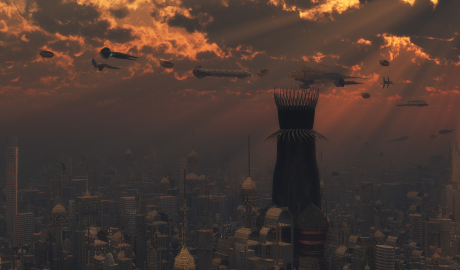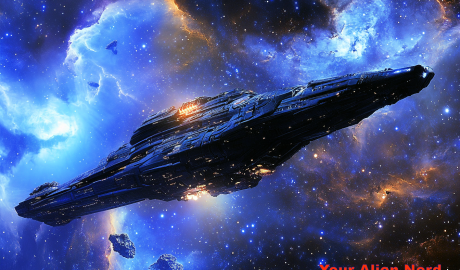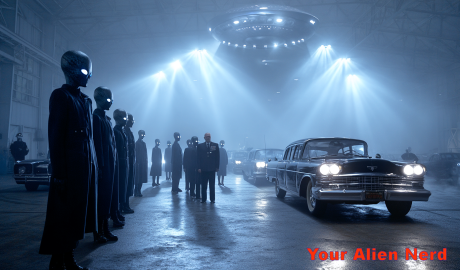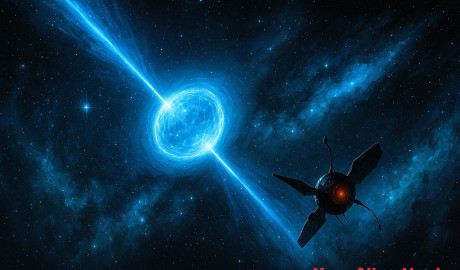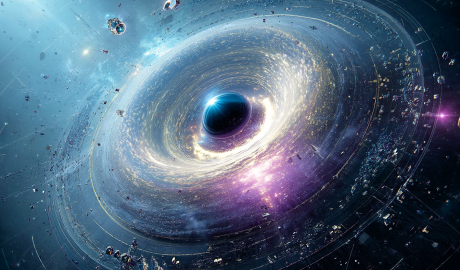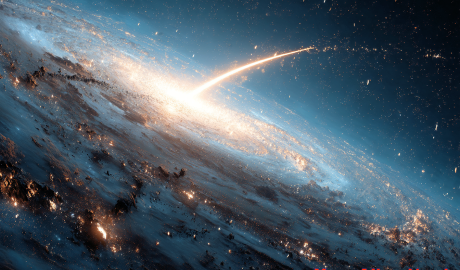THE EMPIRE CAN WAIT – CHAPTER 2, PART 3
Hyperspace, coordinates ******/******/******June 28th, 666 GE Twiglet was down forty-two credits. Arto Wol wasn’t faring much better. He wiped the sweat from his brow and silently cursed himself for inviting the mahjit to join the game. She had looked like easy prey, but… She was maddeningly slow. Painfully cautious. SheContinue Reading

